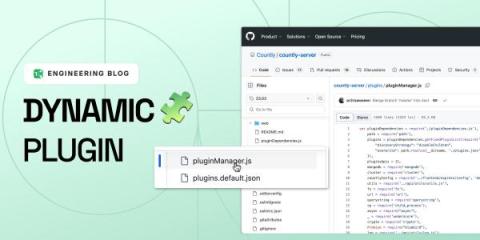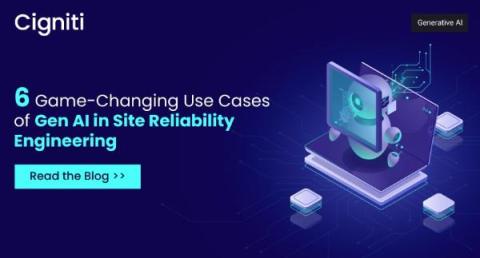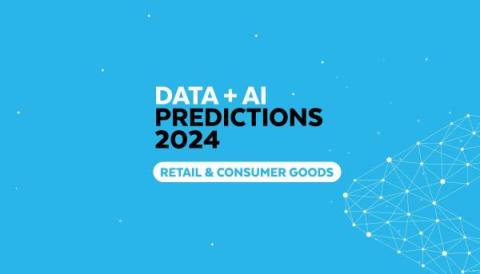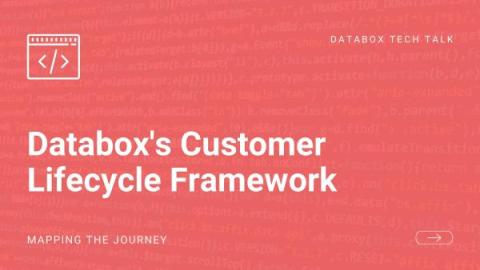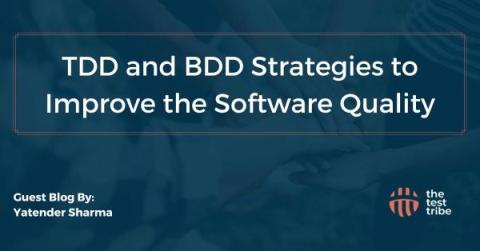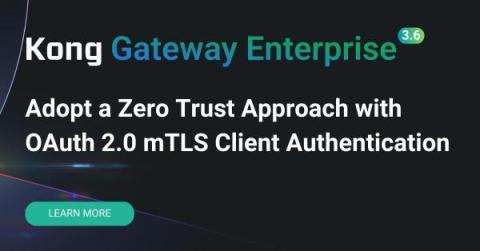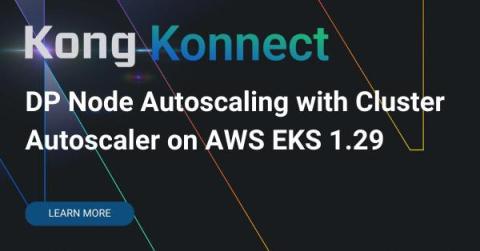Enhancing Countly with Dynamic Plugin Enabling and Disabling
For almost a decade now, Countly has been extendable through the plugin system. But it also had its cost. In this article, we will explore how it worked before, what the limitations were, and what we did to improve the situation.


